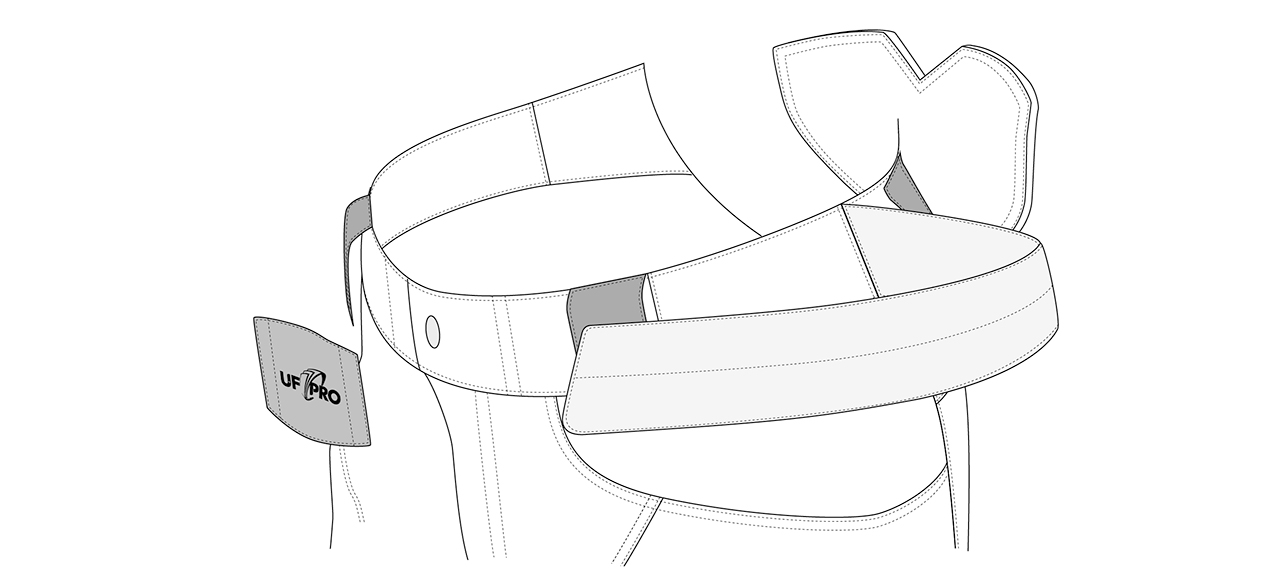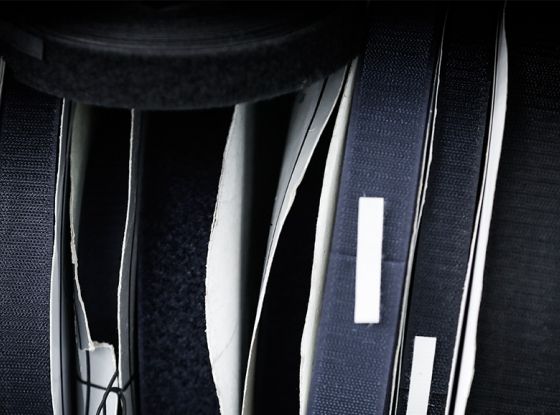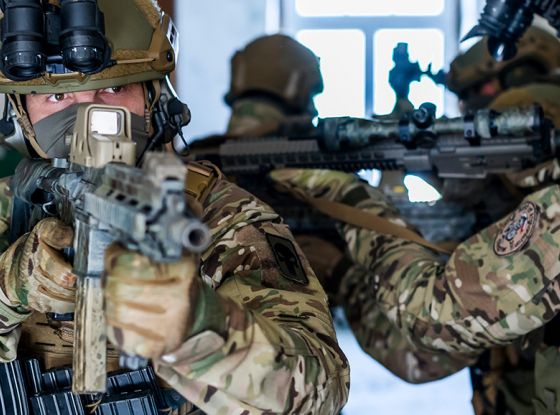The new UF PRO Waist/Flex System looks to completely eliminate the need for wearing underbelts with your tactical and combat pants. The Waist/Flex System offers better fit plus greater comfort, while maintaining compatibility with battle belts and external gear.
In this blog post:
Introduction
Traditionally, the way the waist of your pants is constructed determines how well (or poorly) your pair stays up and in place. Some waist constructions are arguably better, some are worse. The better ones provide some means of tightening the width. This could involve use of adjusters or it could involve use of belts.
None of the waist-construction techniques we’ve encountered over the years in the tactical garment industry seemed ideal. So we decided to move forward with development of our own answer to the waist-construction dilemma.
The Waist/Flex System
Need: better fit without folds or creases
The problem with most waist construction systems is they cause the fabric around the waist to fold as you tighten them. From your own experience, you’ve probably noticed how uncomfortable those folds can make you feel after a while of wearing a battle belt or the waist belt of a Bergen on top.
But even cinched tight, your pants can still slide down. That’s because the weight of the battle belt or of the Bergen or even of extra gear clipped to your waist or stowed in your pockets continually tugs on your pants.
The mechanics behind this issue are straightforward. Let's say we have two waist lengths. We’ll label one Waist A and the other Waist B. The difference in size between them is small—a mere 2.5 centimeters (1 inch).
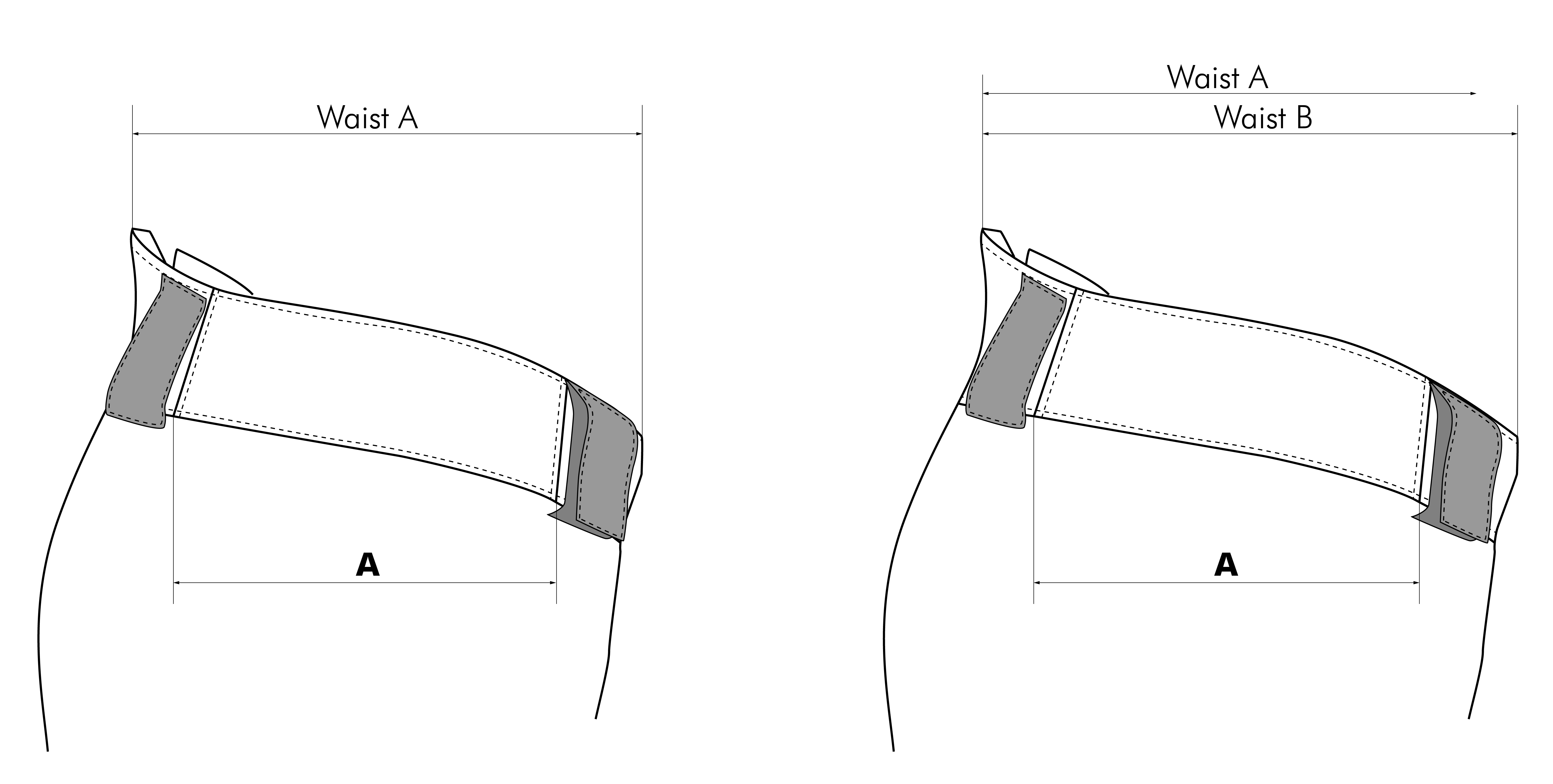
The problem is we have two waist lengths constructed from one size of fabric (in this case, a non-stretching ripstop material). Because the material doesn’t stretch and must conform to less space, it can do nothing other than fold onto itself and create a crease.
Solution: integrated side stretch-panels
The solution to naturally removing creases calls for constructing the pants with an inherently stretchable fabric. Doing so eliminates the folds by expanding the fabric.
Positioning the stretch fabric in the right place is crucial to the overall stability of the waist. In 2005, we dealt with this issue in one of our then-new models of pants by building the stretch material into the back of the pants.
What we learned in the years that followed was that rear positioning is not optimal for width adjustment. We heard from customers that during in-field use their pants would slip below their waist when they bent down to crouch or retrieve something from the ground. After rigorous testing, it became clear that the optimal place for stretch panels was the side/front region of the waist.
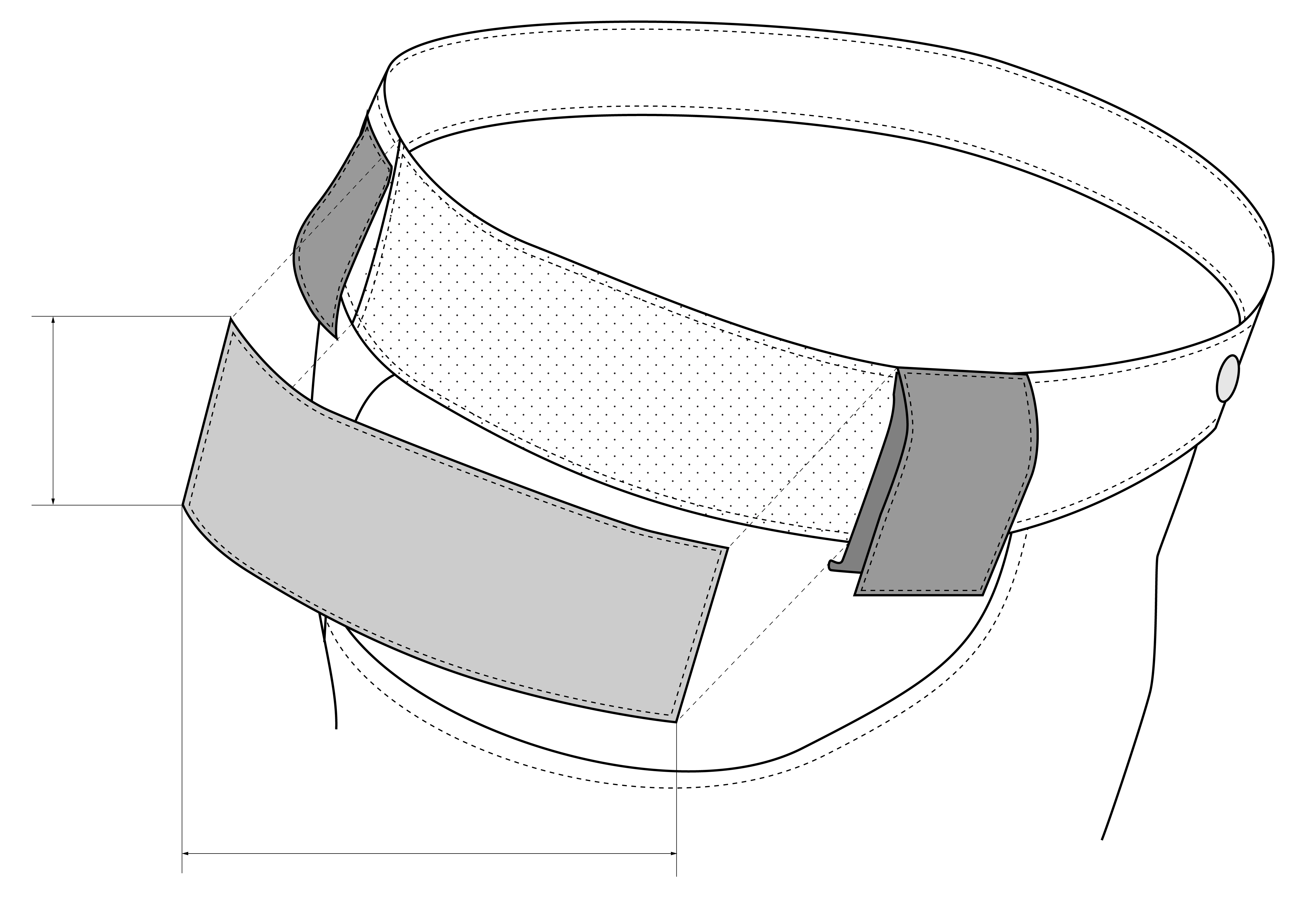
This allowed use of very long fabric strips on the sides, which permitted bigger expansions to accommodate a larger array of sizes. Fun fact: in accordance with Hooke’s Law, the stretchability directly correlates to length, meaning larger fabric strips have better stretch properties.
An easily overlooked perk of this new design is it helps your pants adapt to the changes your body undergoes throughout the day. For example, staying outside causes your body to shrink slightly. On the other hand, eating an MRE causes your body to expand in the region of your waist. The stretch material adapts to these variations without you even being aware of what’s happening.
Need: an end to waist overstretch
As beneficial as side stretch-panels proved to be, they still had a downside. Because of the high degree of stretchiness inherent to the fabric, it was possible for the pants to slide down if the wearer carried enough weight in his pockets or on his belt. Even adding knee pads to the equation would be enough to cause slippage.
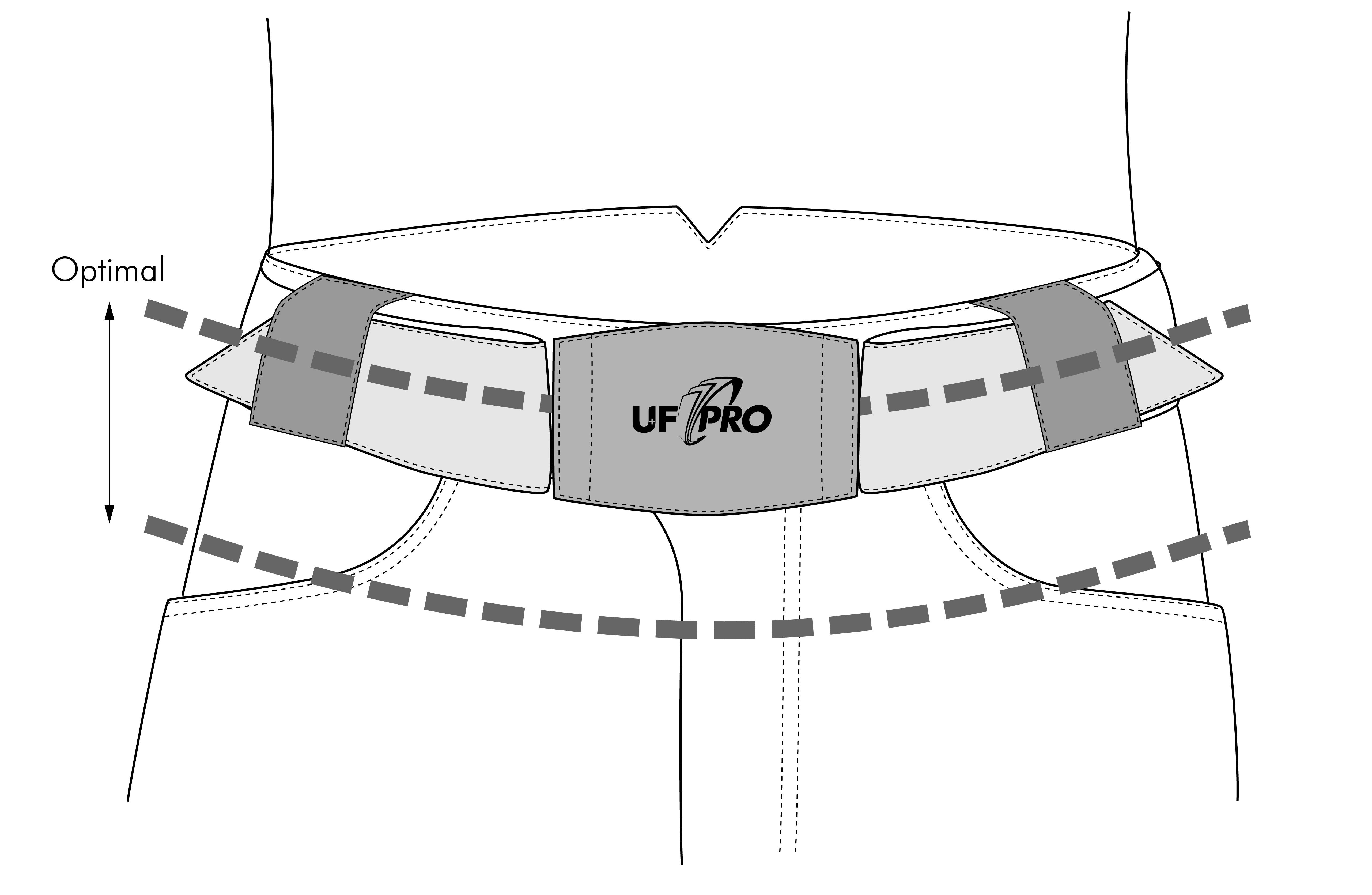
The problem was this: because of the way stretch material works, it allows pants to slip down once it adjusts to the new width. We realized that to prevent this from happening we needed a way to lock the width.
Solution: integrated underbelt
There’s a saying, “Never while on duty wear combat pants without an underbelt.” Fully agreeing with that, we pushed forward and came up with the idea of replacing the underbelt with an integrated system.
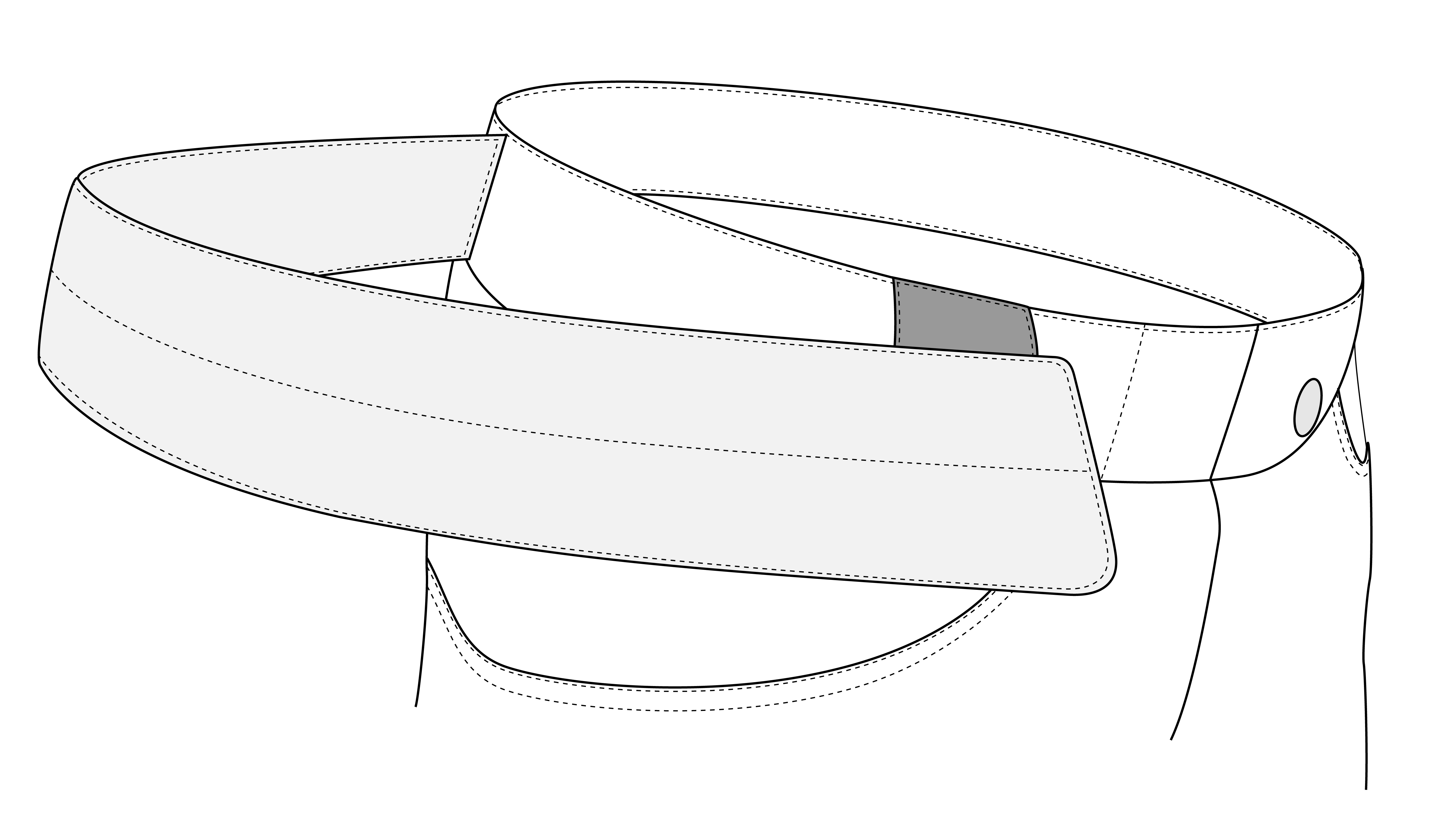
Doing so gave us the lock-in capability that had been missing. With this integrated system in place, pants were prevented from drooping even with a lot of heavy attached gear trying to force them down.
Having an integrated underbelt system provided another benefit. It spares you from having to constantly switch out your underbelt when changing into different pairs of pants.
Need: Connecting the pants to your lower back
We go out of our way to make sure our gear offers excellent comfort. Having resolved the two needs described above, we were free to explore other ways of improving comfort. Our explorations led us to the gap (or notch) at the lower back.
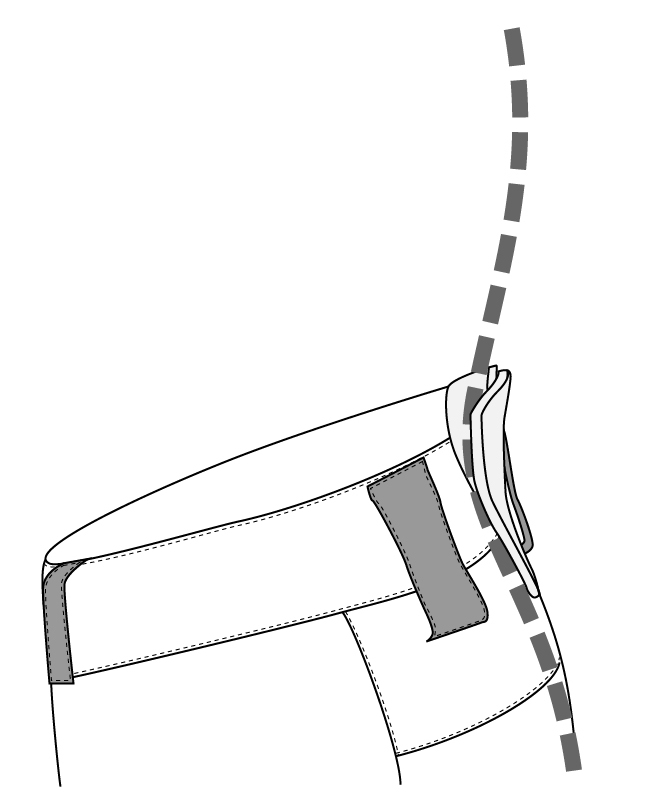
The lower back in humans curves inward a little as it follows the shape of the spine. This curvature creates a gap between your skin and the waistband of your pants. Right there, at that notch, your pants make no contact with your body. This gap gets bigger the more physically fit you are (owing to the size of your back muscles).
Why is this an issue? Because this gap makes it hard to keep your pants positioned where they’re supposed to be.
Worse, this region also acts like a funnel that collects sweat and moisture from the entirety of your back.
Solution: breathable 3D back pad
The solution to the problem of the lower-back gap was a special 3D pad. This pad is endowed with a smart shape that promotes optimal fill-the-gap adherence. The elongated shape covers the lower back down to the tailbone.
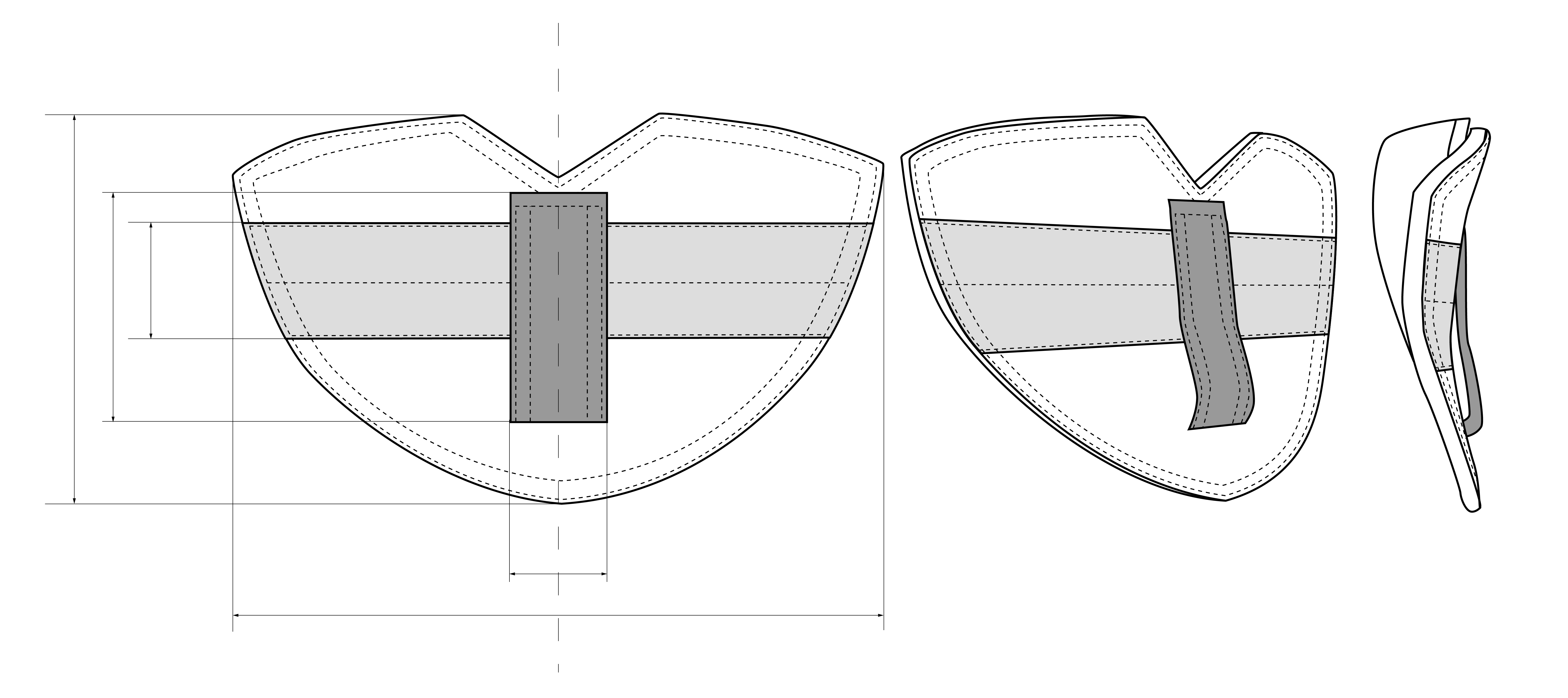
The pad borrows two traits from our air/pac® pads, which we normally place inside the shoulders of our tactical shirts and tactical jackets. The traits are a capacity to boost moisture management and to provide additional padding to prevent skin contact with other gear (thereby increasing comfort).
Adhesion in the critical back area where the body usually curves inward means you get the uncanny feeling that your pants are hugging you, like a latex glove. Don’t get us wrong, it’s a great feeling to have.
Also, the fabric is breathable and has good wicking properties, so the moisture and sweat that would ordinarily pool at your lower back are carried away, which helps you stay dry—further enhancing your comfort.
Need: a way to stop the underbelt from sliding up
Once the down-slipping and width adjustment issues were resolved, we then needed to focus on getting the underbelt to lock in at the correct vertical and horizontal positions.
The tendency of underbelts is to shift upward. This can cause discomfort by jamming the belt buckle into your abdomen. It can also cause the front of the pants to slip into that old habit of riding down.
Solution: reinforced buckle
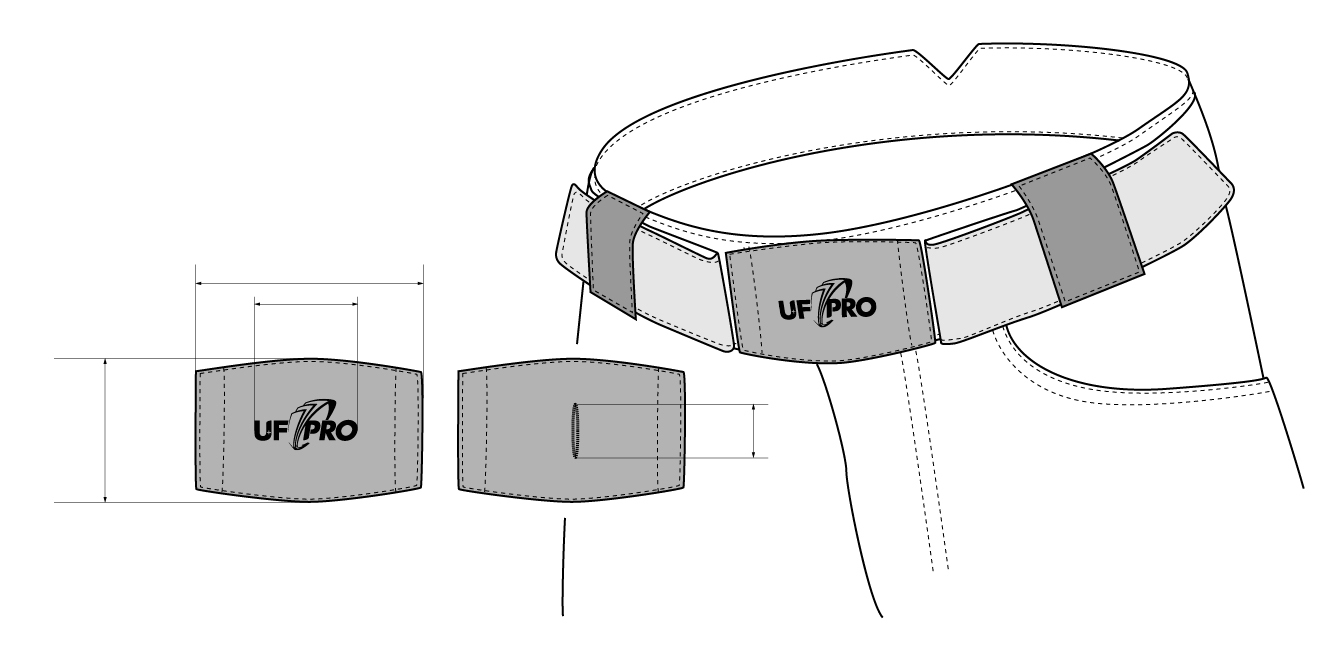
We outfitted our Flex/Waist System’s underbelt with a plastic reinforced buckle. This buckle has three main functions.
First, the inside surface of the buckle can connect with a Canadian button affixed to the front of the pants. Once connected, the underbelt can go nowhere but remain in the exact same position relative to your pants.
Second, the buckle is rigid enough that it can hold the outside loops and keep them in a horizontal position. This prevents them from turning sideways.
Third, the buckle facilitates personalization of your pants by serving as a base upon which you can affix your unit’s insignia.
Conclusion
The UF PRO Flex/Waist System is unique. You won’t find it anywhere else.
It also takes to the next level the way tactical pants fit and feel. It avoids folds, adjusts easily to individual variations in waist dimensions, and sits comfortably secure on your waist.
We’re certain this new system is going to change your perspective on comfort and functionality. For tactical pants, it’s truly a game changer.

